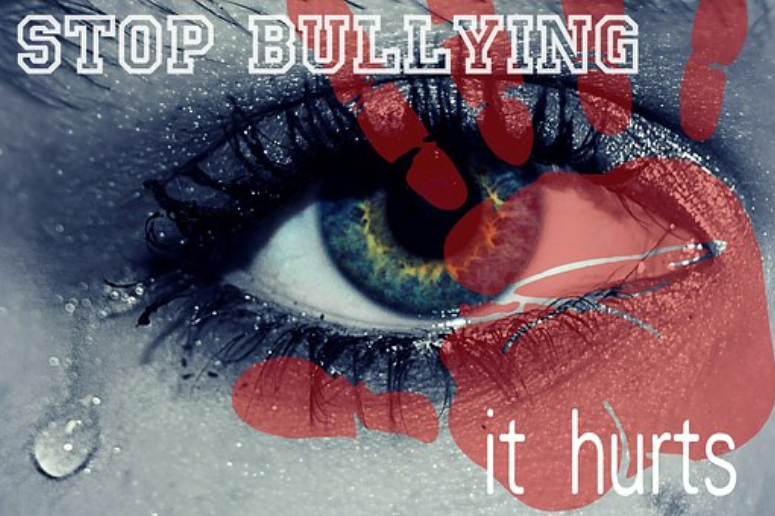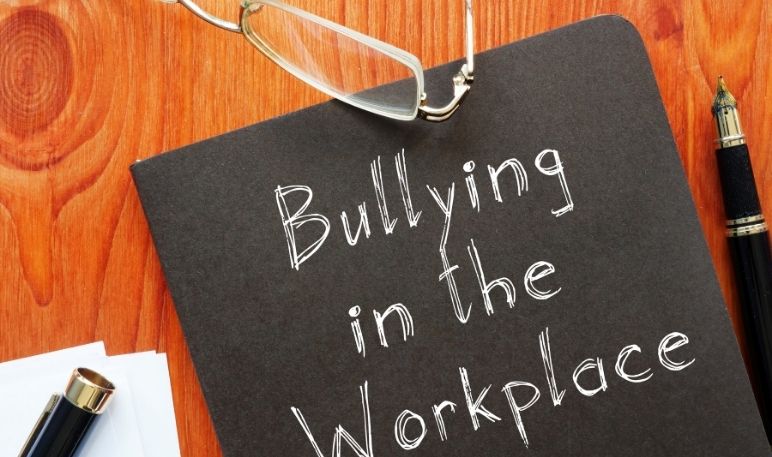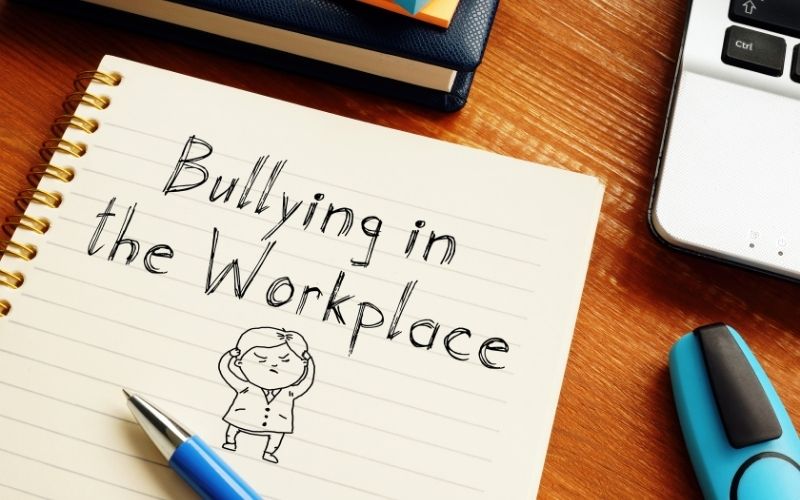Workplace Bullying: A Silent Epidemic Affecting Employee Well-being and Productivity
Workplace bullying, a pervasive issue often overlooked or unaddressed, is a silent epidemic with serious implications for employees’ mental health, productivity, and overall well-being. Despite efforts to foster inclusive and safe work environments, bullying persists, affecting individuals and organisations. In this article, I will delve deeper into the effects of workplace harassment and the crucial role management plays in creating a positive work culture.
Impact on Mental Health: Workplace harassment and bullying have detrimental effects on employees’ mental health. Victims often experience stress, anxiety, and depression, leading to a decline in their overall well-being. The emotional turmoil caused by office bullying can also result in diminished self-esteem, decreased job satisfaction, and a reduced sense of belonging within the organisation.
The stress and anxiety caused by constant bullying can manifest in various ways, including sleep disturbances, irritability, and even physical symptoms like headaches and stomach aches. In extreme cases, workplace bullying can lead to the development of post-traumatic stress disorder (PTSD) and other serious mental health conditions.
Decreased Productivity: Office bullying doesn’t just impact the victim; it also affects the overall productivity of the organisation. As victims become increasingly disengaged from their work, they may underperform, leading to missed deadlines and decreased output. This drop in productivity can cause financial loss for the company and have a negative impact on its reputation.
Workplace bullying can create a hostile work environment where other employees may feel uncomfortable, leading to a decrease in their productivity as well. This ripple effect can hinder teamwork, collaboration, and overall company performance. The consequences of office harassment extend beyond the individual and can permeate the entire organisation.
High Employee Turnover Rates: Workplace bullying is a primary factor contributing to high employee turnover rates. Workers who feel unsupported or unsafe in their work environment are more likely to leave, leading to a constant cycle of hiring and training new staff members. This high turnover rate can be costly for organisations and create an unstable work environment for remaining employees.
Besides the financial burden of hiring and training new staff, organisations also lose valuable knowledge, skills, and experience when employees leave due to bullying. This loss can further weaken the organisation’s performance and hinder its ability to compete in the market.
Legal and Reputational Risks: Workplace bullying may result in legal and reputational risks for organisations. Employees who are victims of workplace harassment can seek legal action against the company for failing to provide a safe work environment, leading to costly lawsuits and negative publicity.
Organisations found responsible for not addressing workplace bullying can face severe penalties, including fines and damages. The negative publicity associated with such cases can harm the company’s reputation and brand image, making it more challenging to attract and keep both clients and employees.
The Role of Management in Creating a Healthy Work Environment: Management plays a crucial role in addressing workplace bullying and fostering a positive work culture. When managers do not acknowledge or address the issue, they may inadvertently perpetuate a toxic work environment. Managers must create an inclusive and respectful workplace culture where employees feel valued and supported. This involves actively addressing incidents of bullying, providing resources and support for victims, and implementing clear anti-bullying policies.
Managers must lead by example, demonstrating respect and empathy towards their employees. They should also encourage open communication and provide a safe space for employees to report bullying incidents without fear of retaliation. Offering training on workplace bullying awareness and prevention for both managers and employees is another effective strategy for creating a more inclusive and respectful work environment.
Preventive Measures and Best Practices: Organisations can take various measures to prevent and address workplace bullying. These include:
- Establishing a Clear Anti-Bullying Policy: Companies should develop and enforce a comprehensive anti-bullying policy that outlines the definition of workplace bullying, the consequences for those who engage in such behaviour, and the procedures for reporting incidents. This policy should be easily accessible and communicated to all employees.
- Training and Education: Organisations should invest in regular training and education programs for both managers and employees on recognising, reporting, and preventing workplace bullying. These programs can help create awareness about the issue and equip employees with the tools they need to address and prevent bullying.
- Encouraging Open Communication: Fostering a culture of open communication and transparency can help prevent workplace bullying. Managers should be approachable and available to listen to employees’ concerns and address them promptly. Regular team meetings can provide a platform for discussing and resolving any issues that may arise.
- Supporting Victims of Bullying: Companies should offer support to employees who have been victims of workplace bullying. This may include providing access to counselling, mediation, or other appropriate resources to help them cope with the emotional and psychological impact of the harassment.
- Monitoring and Evaluation: Regularly monitoring and evaluating the work environment can help identify potential bullying situations and ensure that anti-bullying policies are being effectively implemented. Anonymous employee surveys and feedback can provide valuable insights into the overall workplace climate and identify areas for improvement.
Conclusion: Workplace bullying is a silent epidemic with far-reaching consequences on employees’ mental health, productivity, and well-being. As organisations strive to create safe and inclusive work environments, it is crucial to recognise and address workplace harassment. By implementing effective preventive measures and fostering a positive work culture, companies can mitigate the negative impact of bullying on both individuals and the organisation, promoting a healthier and more productive work environment.







